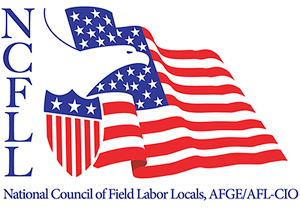Twenty-five years ago on Feb. 5, 1993, President Bill Clinton signed into law one of the most important pieces of legislation for working families – the Family and Medical Leave Act (FMLA). The law allows employees both in public and private sectors to balance their work and family life by taking reasonable unpaid leave to take care or a new born baby or an ill family member without fear of losing their jobs.
Even though this law has been in effect for a quarter century, not everyone knows about it. That’s why we came up with some fast facts about the FMLA and what AFGE members are doing to expand the family leave program to make the government more family friendly.
Fact #1: Federal employees are eligible to take FMLA leave if they have worked for the employer for at least 12 months and at least 1,250 hours in the past 12 months.
Fact #2: FMLA allows federal employees to take up to 12 workweeks per year without fear of losing their jobs.
Fact #3: You can take FMLA leave to take care of a newborn, to adopt a child, or to take care of an adopted child.
Fact #4: You can take FLMA leave to take care of a spouse, child, or parent who has a serious health condition.
Fact #5: You can take FMLA leave to take care of yourself if you are unable to work because of a serious health condition.
Fact #6: If your family member is a service member who has a serious injury or illness, you can take up to 26 workweeks of FMLA leave per year to take care of him/her.
Fact #7: You don’t have to take 12 consecutive weeks off. You may request intermittent leave.
Fact #8: In 2015, President Obama directed agencies to provide six weeks of advanced sick leave for federal employees to care for their newborn child.
Fact #9: The United States is the only industrialized nation without paid family leave.
Fact #10: Some private sector employers choose to provide paid maternity leave, but that touches only about 13% of all private workers.
Fact #11: AFGE members are working with members of Congress to pass legislation that would give federal employees paid parental leave.
For more information about the FMLA, click here or visit https://www.dol.gov/whd/fmla/


